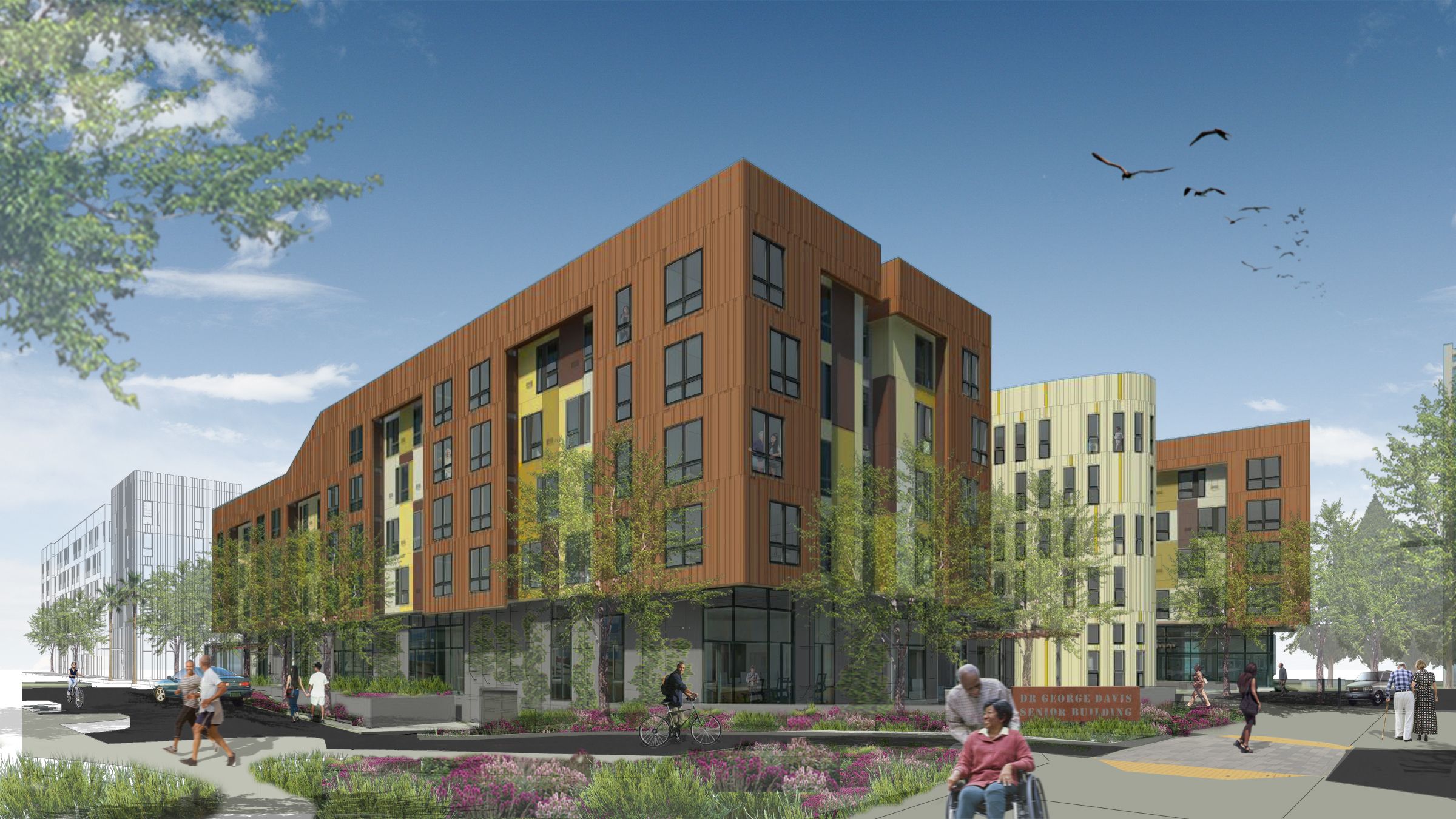 Are you considering a private/public partnership to advance the work of your nonprofit? Learn from those who have already waded into the waters. Cathy Davis, executive director of Bayview Hunters Point Multipurpose Senior Services , Inc. (BHPMSS) in San Francisco, CA is a leader with experience.
Are you considering a private/public partnership to advance the work of your nonprofit? Learn from those who have already waded into the waters. Cathy Davis, executive director of Bayview Hunters Point Multipurpose Senior Services , Inc. (BHPMSS) in San Francisco, CA is a leader with experience.
We wanted to know, based on her experience, what a nonprofit must have in place in order for a partnership to work. “You have to have your house in order to work with other partners,” Davis began. “For an African American agency the stakes are higher, and the bar is raised higher because of the general lack of trust given to African American based agencies. You have to work harder with less, and maintain your integrity at all times. That is just the way it is and surrendering to it allows you to be prepared in the ways you need to be.”
“The public sector requires a great deal of accountability and as non-profit we had to prove our capacity to provide services and then be able to step into the partnership,” she shared. “You don't have to be perfect, but you have to be willing to change and be more accountable. Each partner has to recognize their strengths and weaknesses and be willing to rely on the partner with the best expertise. At some point you have to trust each other's expertise.”
We asked her about the challenges a nonprofit may encounter in creating a partnership. “There are many challenges for a non-profit to be in a good negotiating position with public and private partners,” she began. “The board has to understand the process and be willing to risk the agency’s credibility and finances along the way. Ultimately there are no guarantees: taking on large projects requires a leap of faith. Be ready to be called a ‘sellout’ or ‘greedy’ by others who are not willing to partner with for- profits or the City. You will be tested and asked to support the efforts of the City: this goes with the territory if you want funding from them. You will be told you are ‘too small,’ you have no experience doing this, or you are ‘over your head’ - often in subtle ways.”
Yet there are also benefits. “We needed each other to make the project happen. As a local non-profit we know what the community needs and were able to garner political support. The developer had the financial clout and expertise to build it. The City had access to funding, understood the process of working with other city departments, and was able to sell the project to city officials,” Davis recounted. “We were able to access $58 million for our project through City, State and low income housing tax credits. Our agency had no history in housing development and we were able to create the partnerships to make this happen for the community.”
Next week: Compromise, relationships and faith
Learn more about BHPMSS at http://bhpmss.org/
Copyright 2014 – Mel and Pearl Shaw
Mel and Pearl Shaw position nonprofits, colleges and universities for fundraising success. For help with your campaign visit www.saadandshaw.com or call (901) 522-8727.
Part two of a three-part series on private/public partnerships












